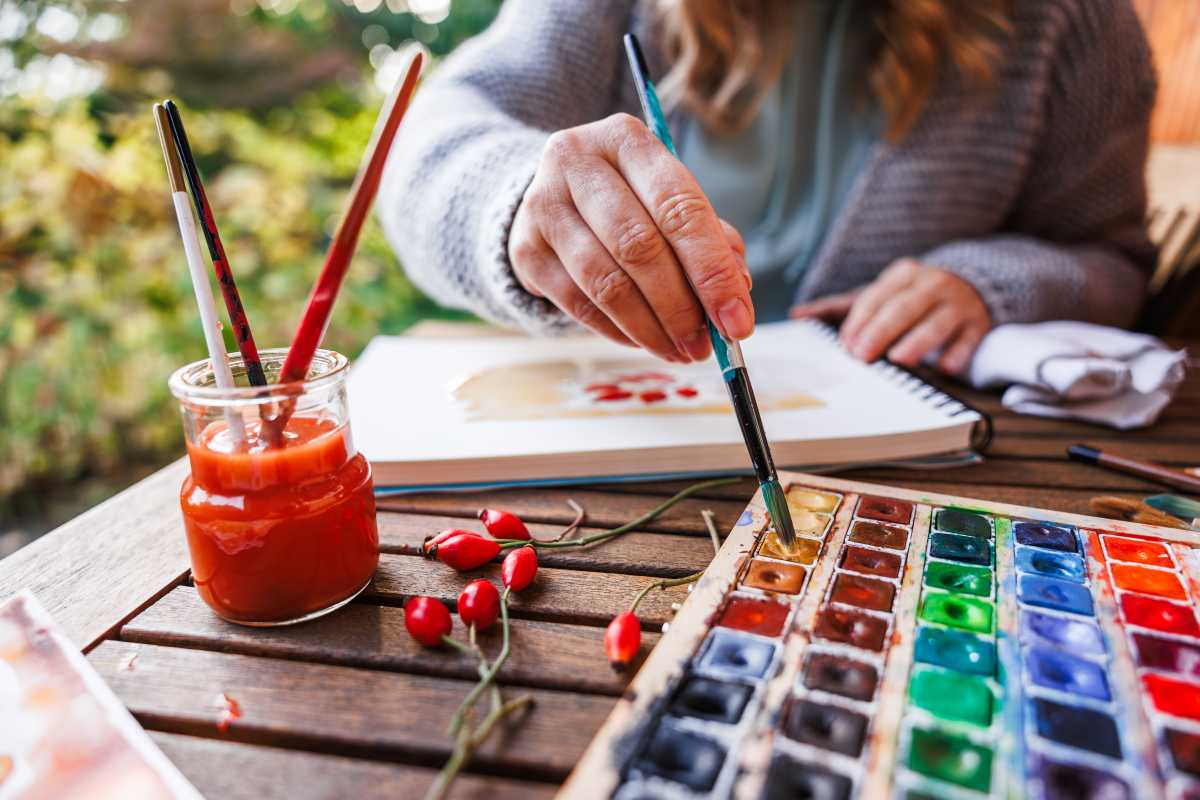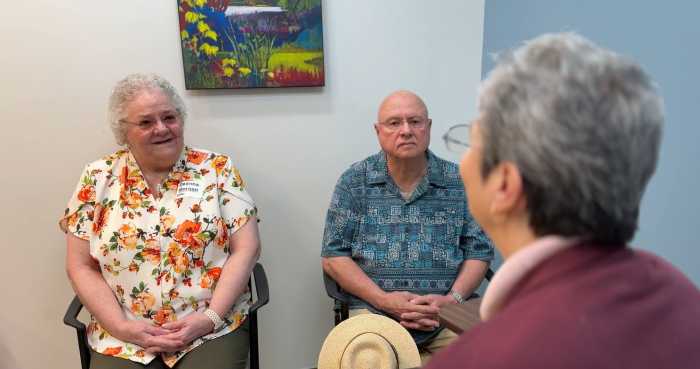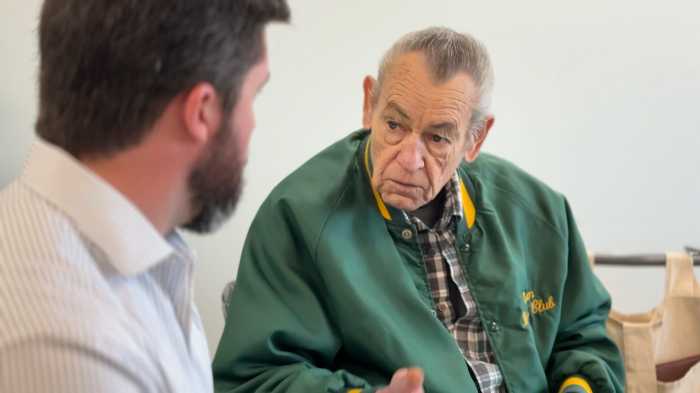The Philadelphia-area Livengrin Foundation’s dedication to personalized, private treatment for addiction doesn’t stop with their usuals of detoxification, healing and rehabilitation. Their motto in overcoming addiction, “Building Recovery Together,” can also be found in its enthusiasm for patient interactive art therapy and clinical.
Andrea Schwartz, Livengrin’s Clinical Programming Director, is a longtime board-certified art therapist (and licensed counselor) who knows well the beneficial nature of both the creative, hands-on process and the prudence of meditation and inner wellbeing.
“Art therapy can aid in healing, help patients process difficult emotions and complex problems and is a great tool for mindfulness,” says Schwartz. “Exploring creative avenues can help our patients to better cope with any issue. And our enhanced clinical programming – lectures, educational sessions, therapeutic modalities, mindful-based therapy –supports our patients in developing a toolbox for managing triggers and dealing with cravings. This really serves the patients and can help them be even more successful in treatment.”
With that, Livengrin’s rehabilitation program provides a foundation for its patients to build upon when they leave treatment and continue with self-care.
Livengrin’s art therapy and clinical programming sessions are capped at 10-to-12 patients to provide a more intimate environment for the purposes of working diligently towards healing in what is, in reality, a relatively short stay — an average of four weeks.
“Depending on substance of choice and potential withdrawal symptoms, our patients will go through detox, and meet with an assigned counselor for clinical documentation and introductions,” said Schwartz in preparation of bringing each individual through potential mindfulness exercises and art therapy sessions.
“Art therapy and the media we use can bring about intense and difficult emotions, so our councilors have to agree that each patient is ready for it,” Schwartz added. “After setting expectations for the group, each art therapy patient and I will incorporate mindfulness-based interventions – perhaps a guided meditation – then create a mandala in response to that meditation. Our campus has so much greenery, so I sometimes incorporate nature-based art therapy where patients can create art based on that which they have gathered outdoors, while incorporating mindfulness-based interventions.”
Vision boards using collage materials geared toward what each patient hopes to get out of their recovery journey, chalk and oil pastels, paints, air-dried clay and other more fluid, impressionistic media bring an element of play into Livengrin’s art therapy sessions, with playtime being essential to the healing process.
“As adults, our inner child is often stuck, so anytime we can be playful is valuable,” says Schwartz. “It also heightens our sense of community, which is important. The positive feedback that our patients give each other in art therapy allows for greater connection.”
And the feedback that Schwartz gets from her playful patients tell her, and the rest of Livengrin’s staff, that art and cognitive therapies have worked toward rehabilitation goals.
“When I hear a patient say something like they were able to work through something difficult during art therapy or that they forgot they were in rehab – even for an hour – that’s a huge compliment,” says Schwartz. “That tells me that they were so present in the moment with themselves. Maybe they feel more confident, which is also amazing, because patients coming into treatment often come with shame. They’re not confident with themselves in recovery. The art-making, however, is an extension of themselves. When they tell me they feel good after the session, that tells me this was something that they needed, that was helpful.”
Schwartz adds that mindfulness-based exercises allow patients’ minds to calm and the world to slow down.
“So many of our patients make decisions based on impulse. Art therapy is great for channeling impulse control, allowing those impulses to happen in a more therapeutic way, and make it so the thoughts that race through our minds can slow down.”
Sponsored content produced in partnership with Livengrin Foundation































